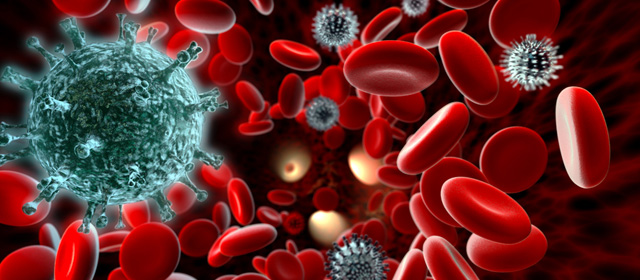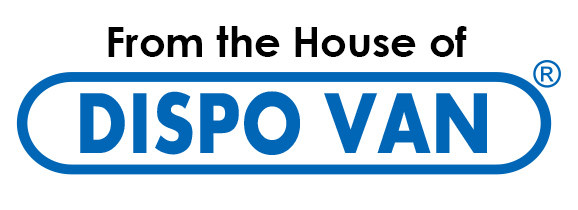

A blood-borne disease is spread through contamination by blood and other body fluids. Blood can contain bacteria, non-living infectious agents, and parasites, leading to the spread of deadly blood-borne diseases. Healthcare practitioners are under a great risk of blood-borne diseases as their roles often require the use of syringes to draw blood or administer medications. The exposure is also possible if the blood of an infected patient splashes on the mucous membranes of the healthcare worker. Let’s look at the three most common blood-borne diseases healthcare practitioners are at a high risk of exposure, and safety measures that can minimize the threat of contracting a blood-borne disease.
3 Most Common Blood-borne Diseases
While there are many different blood-borne pathogens, the most dangerous and common germs spread through blood in hospitals are- HIV, Hepatitis B and Hepatitis C. Read on to find out more about these blood-borne diseases.
HIV
HIV is transmitted mainly through blood. Though unprotected sexual activity is one of the major routes of infection., HIV can also spread through the transfusion of contaminated blood and the use of unsterilised needles. Healthcare workers are at an increased risk of getting infected by HIV because of needle stick injury while collecting blood samples.
Hepatitis B
Hepatitis B is caused after an individual gets infected by the Hepatitis B virus (HBV). Jaundice, abdominal pain, nausea, loss of appetite and vomiting are some of the symptoms experienced by the infected patients. However, chronic Hepatitis B can lead to cirrhosis (the scarring of the liver) and liver cancer. Vaccination is the only way to prevent Hepatitis B.
Hepatitis C
Hepatitis C is caused after an individual gets infected by the Hepatitis C virus (HCV). Injection drug users and those who undergo blood transfusion with unscreened blood or blood products are at the highest risk of Hepatitis C. Most patients are asymptomatic but chronic Hepatitis C can damage the liver severely and result in liver cancer. There’s no vaccine for hepatitis C, but drug treatments can improve the functionality of the liver and the body’s immunity to fight against HCV.
Protecting Healthcare Workers from Exposure to Blood-borne Diseases
Around 26 different viruses are shown to be present in healthcare workers because of their occupational exposure. Healthcare workers can be exposed to blood through the mucous membrane, needlestick, and other sharp injuries. In order to prevent this exposure, workers and employers are recommended to use auto-disable syringes. The World Health Organisation (WHO) and its partners – United National Children’s Fund (UNICEF), International Federation of Red Cross and Red Crescent Societies, and Pan American Health Organisation (PAHO) have regarded auto-disable syringe as the safest syringe for use in mass immunization programs. AD syringes can be used only once, which eliminates the chances of illness and infection.
HMD, a renowned name in the healthcare sector, introduced AD syringes in India. Sold under the brand name Kojak Selinge, the AD syringes are self-locking, sterile, and non-toxic. The syringes have a ring and break mechanism devised for the safety of the workers. The auto-disable mechanism automatically breaks the plunger after its first use, thereby ruling out the chances of reuse, and preventing the transmission of pathogens between patients or healthcare workers.
Last Few Words
The safety of healthcare workers is the primary concern of healthcare organizations. Implementing safety measures such as the use of AD syringes and personal protective equipment such as gowns, gloves, and masks can protect workers from exposure to infectious blood-borne diseases.

